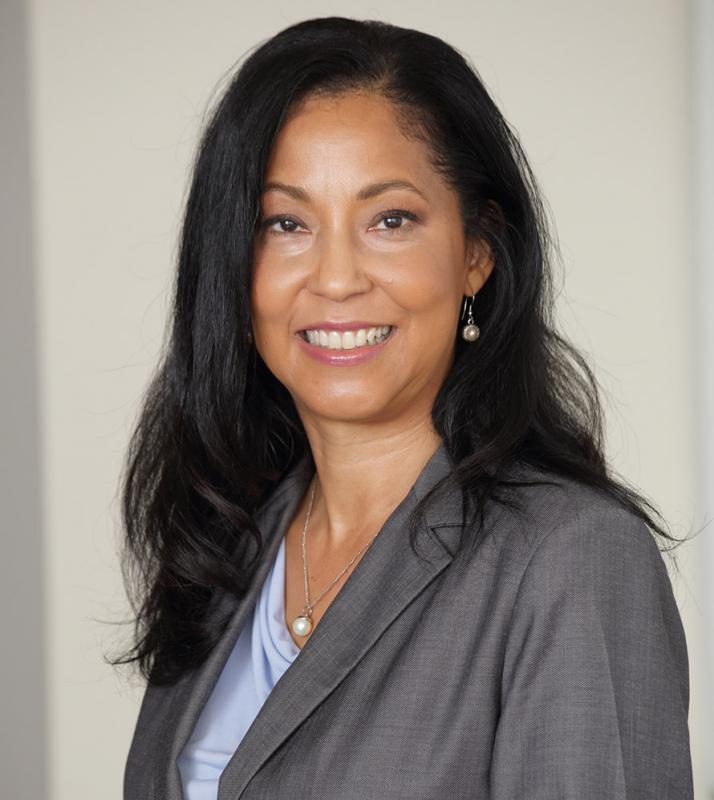Into Our 26th Year, Confident and Committed
By Dr. Janine A. Clayton
 Some friends of mine have a daughter who is 26 years old, the same age as ORWH. She graduated from college, “boomeranged” home for a short time, and is now out on her own, working in a job she likes and making her long-term career plans. My friends describe their daughter as confident and committed.
Some friends of mine have a daughter who is 26 years old, the same age as ORWH. She graduated from college, “boomeranged” home for a short time, and is now out on her own, working in a job she likes and making her long-term career plans. My friends describe their daughter as confident and committed.
When I think about this young woman’s life stage and the strong foundation her parents gave her, I realize that there are some parallels with ORWH, which also recently turned 26. We’re excited for a new stage of life in advancing women’s health research, particularly as we work to ensure sex/gender is included at every stage of research. And during our first 25 years, we were nurtured by NIH leaders, as well as many others inside and outside NIH, who helped us build a rock-solid foundation.
That foundation includes two of our signature programs, Building Interdisciplinary Research Careers in Women’s Health (BIRCWH) and the Specialized Centers of Research on Sex Differences (SCOR).
BIRCWH is a career development program for junior faculty who receive mentoring from senior faculty, training them in all aspects of women’s health and research on sex and gender factors in health and disease. SCOR is an interdisciplinary research center program that focuses on the influences of sex and gender relevant to major medical conditions affecting women.
Continued research efforts
Continued research efforts The 2016 BIRCWH meeting gave a sampling of some of the important research that the individual BIRCWH programs continue to conduct. BIRCWH scholar Dr. Emily G. Jacobs presented her research finding that, overall, women outperformed men on memory tasks. However, postmenopausal women’s performance was closest to that of the men. In addition, men and women generally use different parts of the brain for memory functions. In keeping with preclinical evidence, the findings suggest that the decline in ovarian estrogen (17-beta-estradiol) production during menopause affects memory circuitry.
A study on implicit bias in academia was one of the many compelling presentations we heard at the Conference on Evidence-Based Innovations to Support Women in Biomedical Research Careers. Dr. Molly Carnes used an intervention to reduce implicit gender bias among faculty members, including teaching faculty to use strategies such as counter-stereotyping (imagining examples of powerful women) and recognizing and examining their own stereotypes in light of real data. The intervention improved department climate and increased recruitment of women faculty.
Moving forward
Like my friends’ daughter, we’re moving into our next phase. As of January 2016, all grant applications involving studies of vertebrate animals or humans have to account for sex as a biological variable. We will continue to monitor the implementation of this policy. Even more importantly, we look forward to seeing what new knowledge we will gain from this policy in the years to come.
We’ve spruced up our website, making it easier to navigate. It now works even better on mobile devices, which many people use to search for online information.
We recently developed An NIH Outreach Toolkit: How to Engage, Recruit, and Retain Women in Clinical Research to help increase the participation of women from all backgrounds. Women who have been underrepresented in clinical research include those in racial and ethnic minority groups, living in poverty, living in rural areas, or who do not speak English. If certain groups of women are not in the study populations, we cannot say with certainty how the study findings apply to them.
In addition, we work with other NIH Institutes and Centers during their strategic planning work to help ensure the inclusion of women in clinical research and female animals in preclinical studies. We also work with various partners (both within and outside government) to highlight what we’re learning from NIH researchers as they generate sex-specific results.
So that’s just a flavor for what we’ve built over these past 25 years and what we plan to begin building for the next 25. I can’t say for sure where this journey will take us, but I can say that we are stepping off into the future confident and committed.
